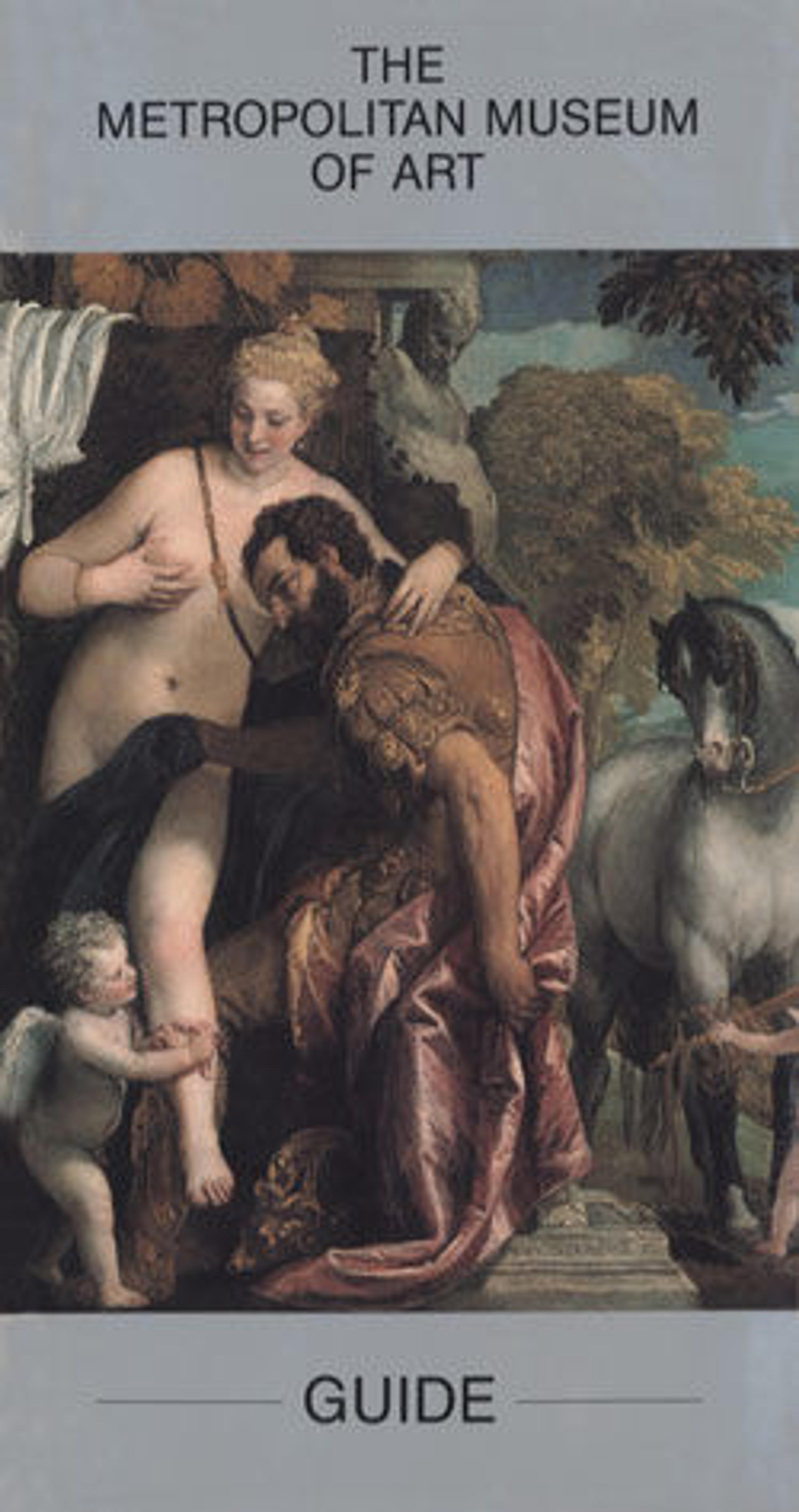Choir screen from the Cathedral of Valladolid
Artwork Details
- Title: Choir screen from the Cathedral of Valladolid
- Maker: Attributed to Rafal Amezúa from Elorrio
- Date: completed ca. 1763
- Culture: Spanish
- Medium: Iron: gilded and painted; limestone (base)
- Dimensions: 52 × 42 ft. (15.85 × 12.8)
- Classification: Metalwork-Iron
- Credit Line: Gift of The Hearst Foundation, 1956
- Object Number: 56.234.1
- Curatorial Department: European Sculpture and Decorative Arts
Audio
851. Kids: Choir Screen from the Cathedral of Valladolid
Gallery 305
[Choir singing]
Feel free to sing along if you like! A church choir once sang behind this gigantic screen. If you tilt your head back, you’ll see large, pointed ornaments at the top of the screen. You may even want to take a few steps back to get a better look, but remember to look behind you first! Now try something—hold out your finger and follow one of the bars all the way up to the top. Do you see the beautiful shapes they make? You might be able to make out the gold that covers the metal in places. Now, go right up to the iron bars. The Spanish word for this kind of screen is reja. The ironworkers who made them were called rejeros. Imagine how they used hammers and chisels to create these slender shapes and decorate them with leaves.
Walk back now to the label for this work and the photograph there. This shows the metal screen in its original home—inside a majestic church in Spain called the Cathedral of Valladolid. This reja stood in the middle of the church at the entrance to the choir—the enclosed area where the singers gathered for church services.
More Artwork
Research Resources
The Met provides unparalleled resources for research and welcomes an international community of students and scholars. The Met's Open Access API is where creators and researchers can connect to the The Met collection. Open Access data and public domain images are available for unrestricted commercial and noncommercial use without permission or fee.
To request images under copyright and other restrictions, please use this Image Request form.
Feedback
We continue to research and examine historical and cultural context for objects in The Met collection. If you have comments or questions about this object record, please complete and submit this form. The Museum looks forward to receiving your comments.
